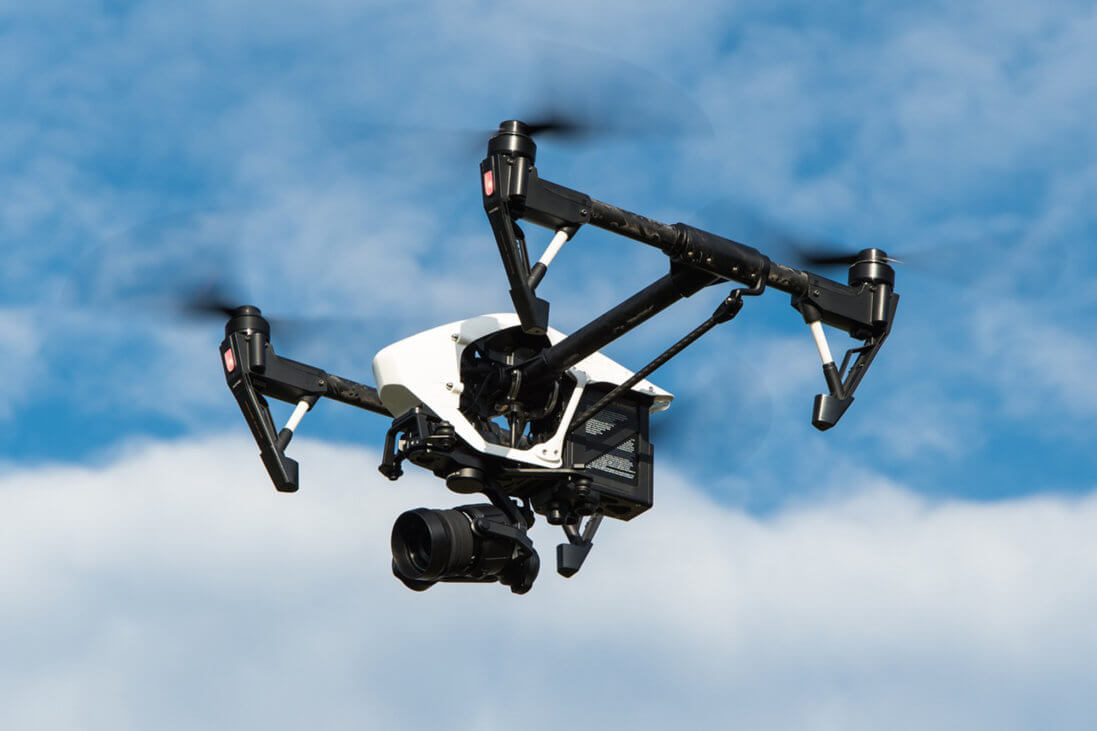
May 24, 2019
The FAA recently announced changes to the use of small unmanned aircraft (UAS) weighing 55 pounds or less for recreational purposes, naming eight conditions under which these aircraft may operate without requirements for FAA certification or operating authority.
Recreational small UAS users now must obtain prior authorization from the FAA before flying in controlled airspace near airports. Previously, these users were only required to notify the airport operator and air traffic control tower prior to flying within five miles of the airport.
The FAA is granting temporary airspace authorization to fly in certain controlled airspace throughout the country. These areas are called “fixed sites,” which are shown as blue dots on Unmanned Aircraft Systems Facility Maps.
The low altitude authorization and notification capability (LAANC), which is used by the FAA to process airspace authorization requests by commercial UAS operators conducting flights under Part 107 in near real-time, will soon be expanded to allow recreational users to obtain authorization through LAANC.
Until then, recreational users who want to fly in controlled airspace may only do so at fixed sites. Recreational UAS users may continue to fly below 400 feet in uncontrolled airspace without specific authority from the FAA.
Other conditions require:
- The aircraft to be flown within the visual line of sight of the person operating the aircraft or a visual observer co-located and in direct communication with the operator
- The aircraft to be operated in a manner that does not interfere with and gives way to manned aircraft
- The aircraft to be registered and marked and proof of registration made available to the FAA administrator, a designee or law enforcement upon request
“NBAA continues to participate in numerous FAA/industry airspace working groups to ensure safe integration of unmanned aircraft and other innovative industry segments in the National Airspace System,” said Heidi Williams, NBAA’s director of air traffic services and infrastructure. “The expansion of LAANC to include recreational operations is just one example of forward progress in these initiatives.”
These changes are the result of the FAA Reauthorization Act of 2018, which repealed the special rule for model aircraft and replaced it with these new requirements. The FAA will notify the public when LAANC has been expanded and also indicated future rulemaking will address beyond visual line of sight operations.


 International Business Aviation Council Ltd.
International Business Aviation Council Ltd.